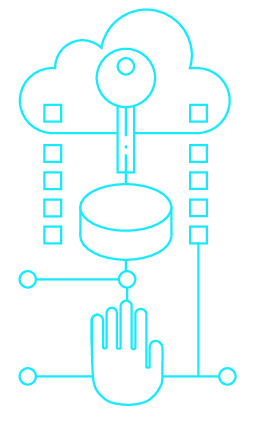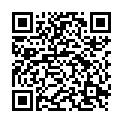|
|
|
| Module code: PIM-WI49 |
|
|
2V+2U (4 hours per week) |
|
5 |
| Semester: 2 |
| Mandatory course: no |
Language of instruction:
German |
Assessment:
Lecture, tests, exercises
[updated 05.06.2025]
|
KI834 Computer Science and Communication Systems, Master, ASPO 01.04.2016
, semester 2, optional course, informatics specific
KIM-WEBA (P221-0150, P222-0131) Computer Science and Communication Systems, Master, ASPO 01.10.2017
, semester 2, optional course, informatics specific
PIM-WI49 (P221-0149) Applied Informatics, Master, ASPO 01.10.2011
, semester 2, optional course, informatics specific
PIM-WEBA (P221-0150, P610-0523) Applied Informatics, Master, ASPO 01.10.2017
, semester 2, optional course, informatics specific
PIM-WEBA (P221-0150, P610-0523) Applied Informatics, Master, SO 01.10.2026
, semester 2, optional course, informatics specific
|
60 class hours (= 45 clock hours) over a 15-week period.
The total student study time is 150 hours (equivalent to 5 ECTS credits).
There are therefore 105 hours available for class preparation and follow-up work and exam preparation.
|
Recommended prerequisites (modules):
None.
|
Recommended as prerequisite for:
|
Module coordinator:
Prof. Dr. Thomas Kretschmer |
Lecturer: Prof. Dr. Thomas Kretschmer
[updated 03.02.2014]
|
Learning outcomes:
Students will be given an overview of the current status of the most important tools and technologies for developing web applications. They will be able to analyze a given task and decide which technologies are most suitable for solving it. In addition, they will be able to create the respective web application together with their team.
[updated 24.02.2018]
|
Module content:
Use of Node.js
Frontend frameworks (mainly using Vue.js)
Backend frameworks (for example, Express)
Various areas of specialization, e.g., front-end testing, internationalization, state management, functional programming with JavaScript
[updated 05.06.2025]
|
Teaching methods/Media:
Presentations by students with examples
Exercises
Inverted classroom
[updated 05.06.2025]
|
Recommended or required reading:
Rauschmayer, Axel: Deep JavaScript, https://exploringjs.com/deep-js/index.html
Springer, Sebastian: Node.js: Das umfassende Handbuch. Serverseitige Webapplikationen mit JavaScript entwickeln, Rheinwerk Computing; Auflage: 2 (30. Mai 2016)
Vue.js: https://vuejs.org/
Node.js: https://nodejs.org/dist/latest/docs/api/
[updated 05.06.2025]
|
Module offered in:
SS 2020,
SS 2019,
SS 2018,
SS 2017,
SS 2016,
...
|


